June 21, 2025 | 02:44 GMT +7
June 21, 2025 | 02:44 GMT +7
Hotline: 0913.378.918
June 21, 2025 | 02:44 GMT +7
Hotline: 0913.378.918
Canal 4,000 - A unique waterway embracing Tan Hoa commune's key rice production area, Chau Thanh A district, Hau Giang province. At each rice harvest, this place is bustling with boats carrying rice from all over, parked along the canal. On the shore are large yards that people take advantage of for traders to rent to dry rice, close together stretching for a kilometer.
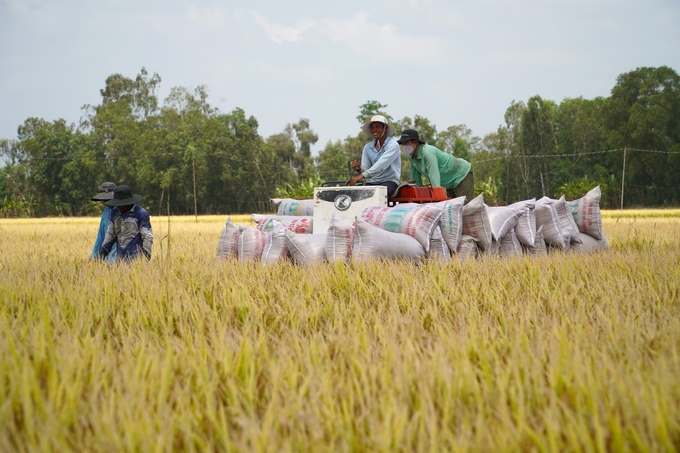
Following the success of the summer-autumn rice crop 2023, Mekong Delta farmers entered the autumn-winter crop production in an excited mood. Photo: Kim Anh.
Rice farming is a traditional occupation of Nguyen Thi My Linh's family in Hamlet 6B, Tan Hoa commune. According to experience, the family still sows three rice crops a year. The summer-autumn and autumn-winter crops are adjacent to each other, then let the land rest for about 2 - 3 months while avoiding floods and taking advantage of the water surface to feed more fish and ducks.
Ten cong of OM5451 seeded rice (Vietnamese measurement, 1 cong in the South equals 1,000 m2) have been growing for a month and a half. Seven days ago, traders came to buy and pay a deposit of VND 6,800/kg. Realizing that this price is much higher than previous crops, Linh is excited and agrees to accept the deposit.
Through research, most farmers in Tan Hoa commune sell rice through traders. When receiving a deposit, the price of rice goes up or down when the farmer sells rice at the agreed price. Although they did not sign any contracts or sales agreements, they all complied with their commitments.
Nhan Loi agricultural cooperative in Thanh Loc commune, Vinh Thanh district, Can Tho city, more than 15 days ago, also signed an agreement to sell rice to traders at the price of VND 6,600/kg of rice variety OM5451.
Tieu Ngoc Loi, director of the cooperative, assessed that the current weather is favorable for rice production compared to last year's autumn-winter crop. The price of rice also increased by about 30% compared to the previous crop and may continue to increase. Currently, 98% of the rice growing area of the cooperative members, equivalent to about 490 ha, has been seeded.
The export price of rice is reasonable. In addition to exploiting the traditional markets, Tran Thai Nghiem, Deputy Director of the Department of Agriculture and Rural Development of Can Tho city, said that rice businesses will have the opportunity to access and expand some potential markets.
However, keeping the market sustainably depends on the prestige and quality of Vietnamese rice. This is built from the link between businesses and farmers at this time.
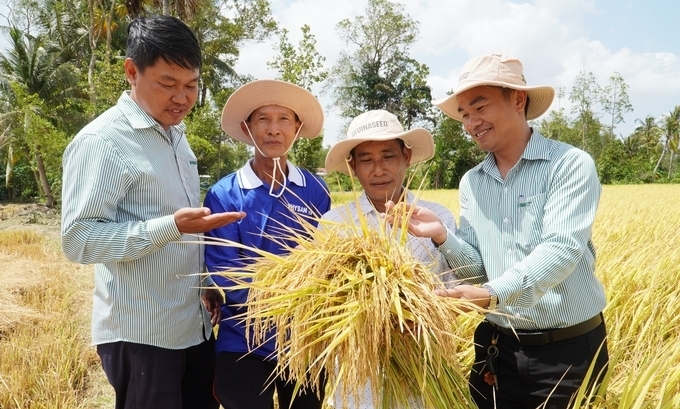
Rice prices increase, so it is necessary to closely connect with businesses and share benefits harmoniously with farmers in the association contract. Photo: Kim Anh.
Currently, about 50% of the rice production area of Can Tho city is consumed through the form of association of farmers, cooperative groups, or cooperatives selling rice through "brokers" or traders. This form is assessed as not rigid. According to Deputy Director Nghiem, the issue of depositing rice money before each crop has not yet created great confidence. The deposit is only symbolic. Lately, the case of dropping deposits still occurs. Rice prices increase, and traders have high profits, but when the price decreases, they ask to adjust the initial deposit price, and farmers still suffer.
The Department of Agriculture and Rural Development of Can Tho city is looking for a plan to implement digital transformation to implement linkages between farmers and businesses. Develop a plan to enforce the off-take and purchase agreements between enterprises and farmers, cooperative groups, and cooperatives signed by electronic contracts.
In Dong Thap province, it took nearly 20 years to record the current high rice price. Rice purchasing enterprises in the area are organizing production cooperation under the new form of buying at market prices, not making off-takes. Therefore, rice purchasing activities also take place more smoothly.
In particular, the main problem of the association is to guide businesses not to buy and sell but to avoid buying and selling paintings. The Department will coordinate with large enterprises to select suitable areas to organize linkages and facilitate purchasing.
For the autumn-winter crop, if the production is not well organized, especially in the drying stage, it will lead to significant losses. Therefore, it is necessary to create favorable conditions for the purchasing enterprises to transport quickly to the drying warehouse.
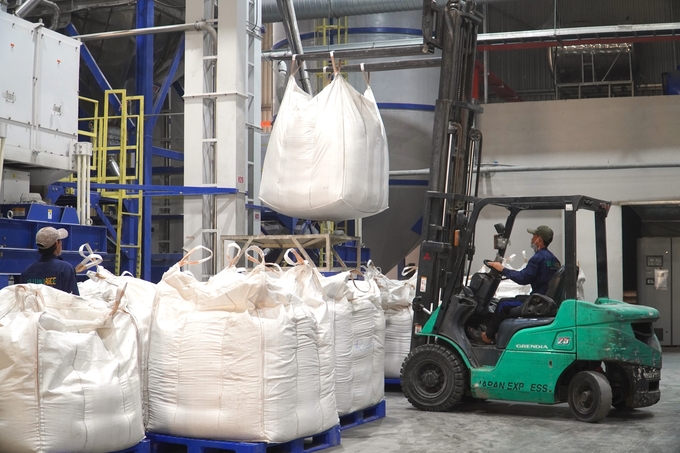
Rice enterprises in Dong Thap province organize production linkages in a new form, buy at market prices, and do not carry out overdrafts; rice purchasing activities occur more smoothly. Photo: Kim Anh.
Kien Giang province is the locality with the leading rice production area in the Mekong Delta, but the efficiency of consumption linkage is still low. Truong Van Minh, Director of the provincial Department of Industry and Trade, said businesses must pay attention to and develop links with cooperatives.
Le Thanh Tung, Deputy Director of the Department of Crop Production (Ministry of Agriculture and Rural Development), said that the balanced amount of rice in the country from now to the end of the year is enough. Every month, the Mekong Delta region has rice so that food security will guarantee. The difficulty of enterprises that cannot buy rice is the lack of linkages with raw material areas, leading to passive sources of goods when the price of rice increases. The lesson learned from this is that businesses must implement stable links.
Translated by Ha Phuc
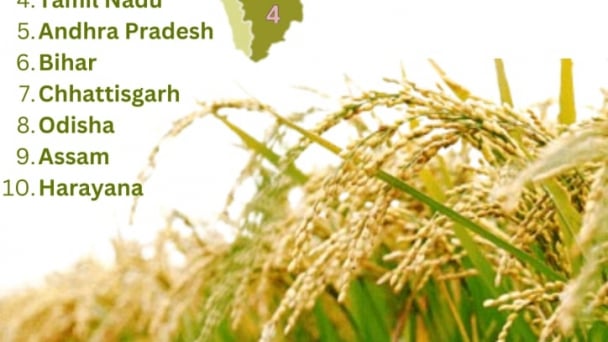
(VAN) Last week, the U.S. Department of Agriculture (USDA) released its June World Agricultural Supply and Demand Estimates (WASDE), raising projections for both Indian rice production and U.S. rice imports for the 2025/2026 marketing year.
/2025/06/17/2344-1-131758_261.jpg)
(VAN) Amid tariff risks and growing trade barriers in the U.S. market, Australia is emerging as a promising destination to sustain the growth momentum of Vietnam's shrimp exports.
/2025/06/17/2013-1-nongnghiep-112009.jpg)
(VAN) This notable growth trend reflects the global taste for fresh, nutritious fruits and the expanding use of lychees across various sectors.
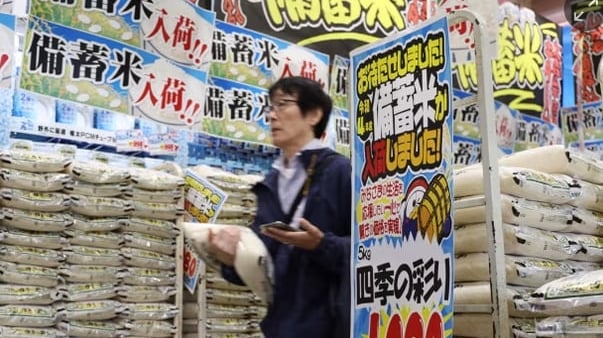
(VAN) The political and cultural insulation of Japan’s beloved grain is falling apart, and experts warn the country’s relationship with the staple will have to adapt.
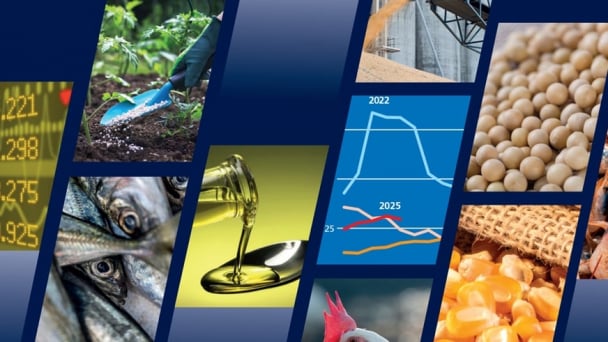
(VAN) Noting risks, report examines impacts of avian influenza, changing trade patterns since 2022, fish fraud, and shipping industry’s net-zero goals.
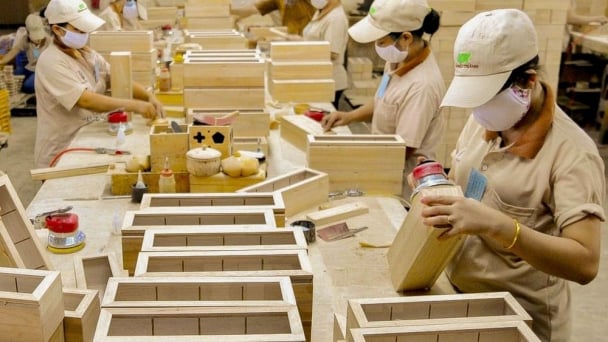
(VAN) Mr. Tran Quang Bao, General Director of the Forestry and Forest Protection Department, met and worked with the International Wood Products Association to promote cooperation in the field of timber trade.
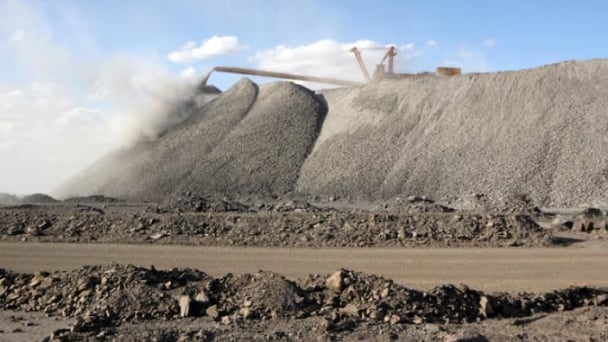
(VAN) China's outbound shipments of rare earths in May jumped 23% on the month to their highest in a year, though Beijing's export curbs on some of the critical minerals halted some overseas sales.